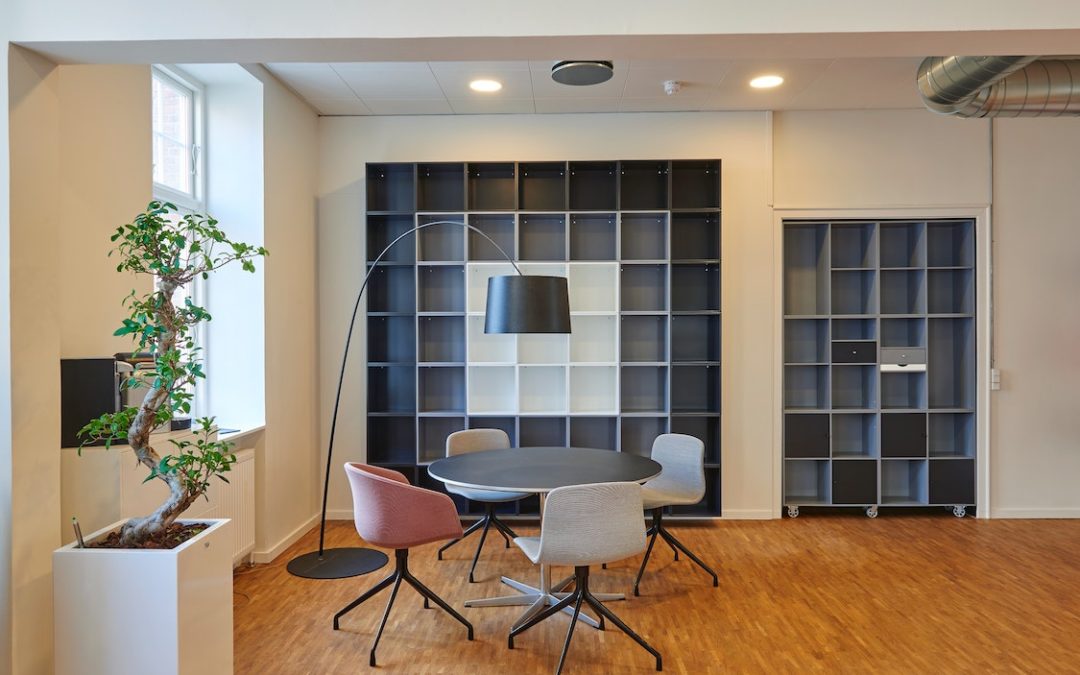Mastering the basics of material selection for interior design takes practice, patience, and skill. Getting started with the basics can help you avoid making common mistakes. It can also help you make educated recommendations aligned with your client’s needs. Your recommendations will reflect your skill, natural creativity, and attention to detail. If you’re having a hard time imagining how you’d like your office to look like, we have Zhoosh corporate design works you can borrow inspiration from.
Durable, moisture-resistant and antibacterial materials
The use of durable, moisture-resistant and antibacterial materials in office interior design can help protect against germs, mildew, and other stains. There are many types of surfaces that can be treated with antibacterial products to prevent the spread of bacteria and other infections. However, it is important to note that not all treatments are appropriate for every material. The type of treatment needed for a particular material depends on its location and the amount of traffic that it will receive.
Antibacterial or antimicrobial wallpaper, for instance, is a good choice for high traffic areas. This type of material contains natural silver ions, which kill bacteria and prevent mold from growing. Similarly, antibacterial fabrics have been developed that kill bacteria and neutralize viruses. These fabrics can be found in white or black colors and can be used for a variety of surfaces, such as screens, desks, storage cabinets, and other common areas.
Artwork

When re-imagining your office interior design, your main focus should be on the aesthetic environment. This includes colors, patterns, and textures. Think about the materials you use for flooring and walls and how they affect the way the space feels. Choose materials that enhance and balance the surrounding design elements, such as a stone or wood look.
When choosing materials, be sure to think about your client’s preferences. For example, if your clients are looking for a more environmentally friendly product, ask them what materials they prefer. For example, do they prefer natural wood tones? If so, pay close attention to the colors and grain of wood. If wood is the primary material, use it sparingly and make sure you incorporate a variety of colors and textures to give your space a cohesive look.
Floors
Choosing the right materials and finishes for your workspace is a crucial part of the interior design process. The materials you use should complement your office’s style and provide the necessary functionality. Considering the cost, quality and durability of the material is also a critical consideration. Consider its long-term life span, as well as the material’s ability to hold up under temperature and climate changes.
Once the overall theme has been decided upon, the next step is choosing the materials and finishes. Interior designers have a variety of choices to choose from, which can either inspire them or intimidate them. They must be knowledgeable of different materials and their properties to confidently advise their clients on their use.
Walls
The right materials and finishes can make a difference in the look and feel of an office. Wallcoverings, for example, can give your office a distinct look while also incorporating the company’s culture and history. Wallcoverings also help to absorb light and provide an ambiance to your office, and can also be easy to clean and maintain. Moreover, they are great for creating a comfortable work environment for your employees and customers.
Office interior design trends show the increasing use of varying textures, which can be used with different furnishings and abstract elements. Flooring materials, such as LVT and engineered hardwood, also come in a variety of species, which can add variety and brightness to your office interior design.
Fabrics
Office interior design can be enhanced with the right choice of fabrics. It is crucial to choose a fabric that matches the purpose and style of the business. In addition, fabrics should have good design to avoid creating a busy or drab space. Choosing patterned fabrics is a good idea as they hide stains better than plain fabrics. Ensure that the patterned fabric matches the size and style of the furniture to avoid clashing.
Office furniture should be upholstered with fabrics that are durable and can stand up to daily wear and tear. There are literally thousands of fabrics to choose from and choosing one that is right for your workspace is essential. When selecting fabrics for office furniture, keep in mind that the patterns and colors should blend together to create a harmonious look. Also, take note of the base finish.

